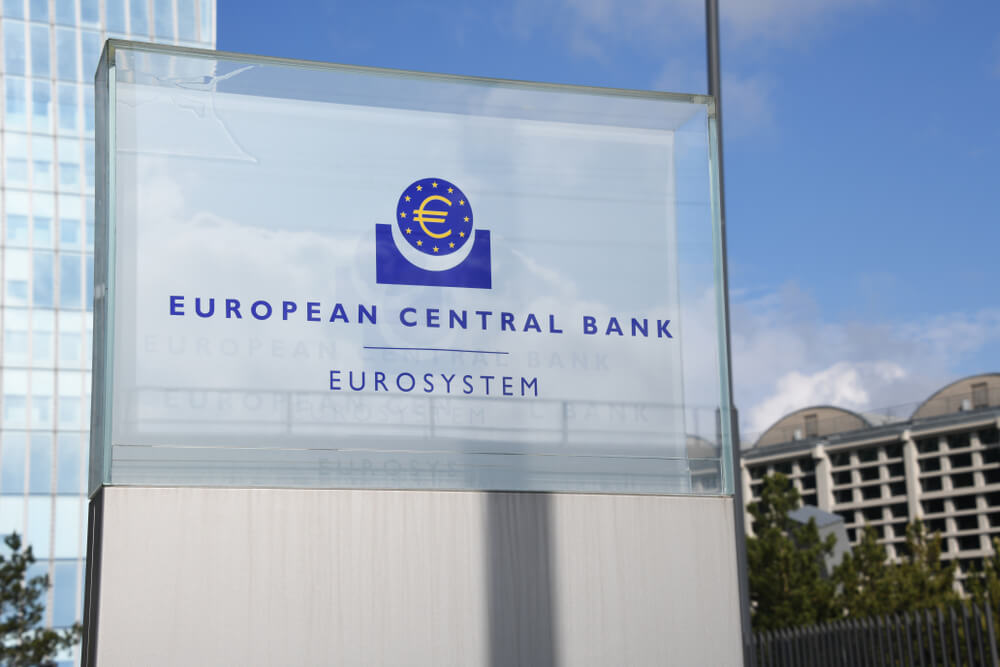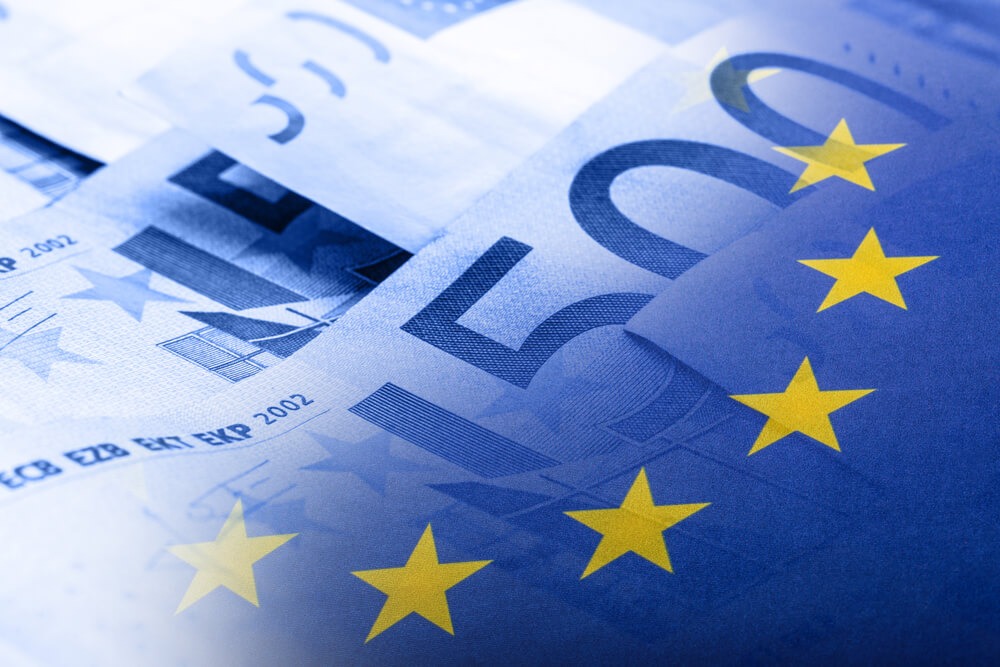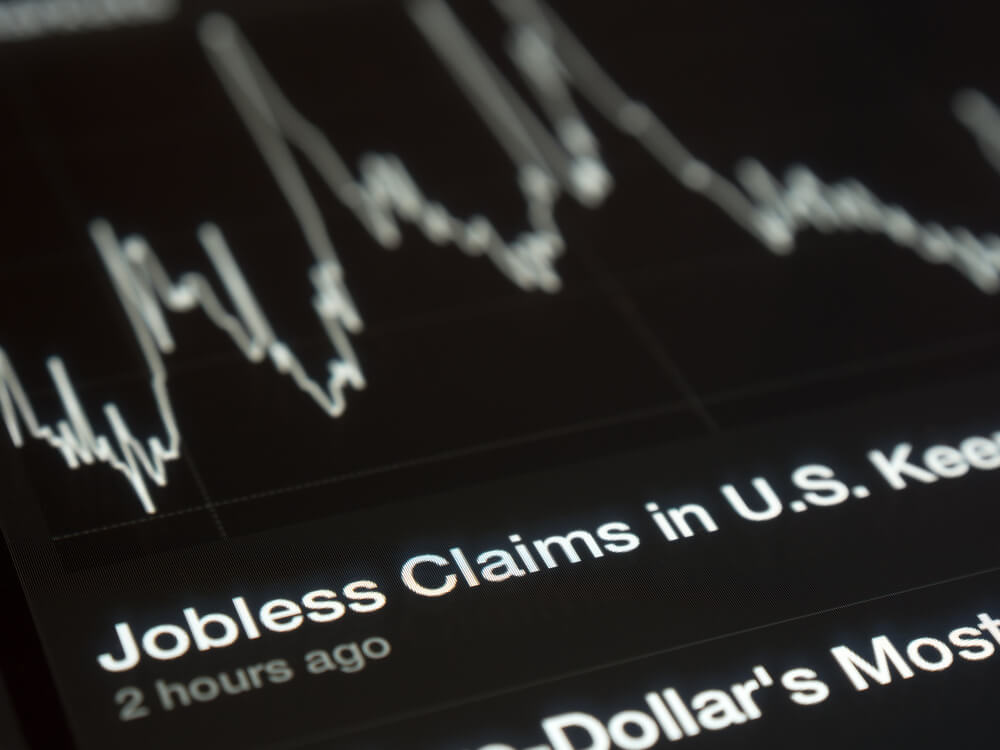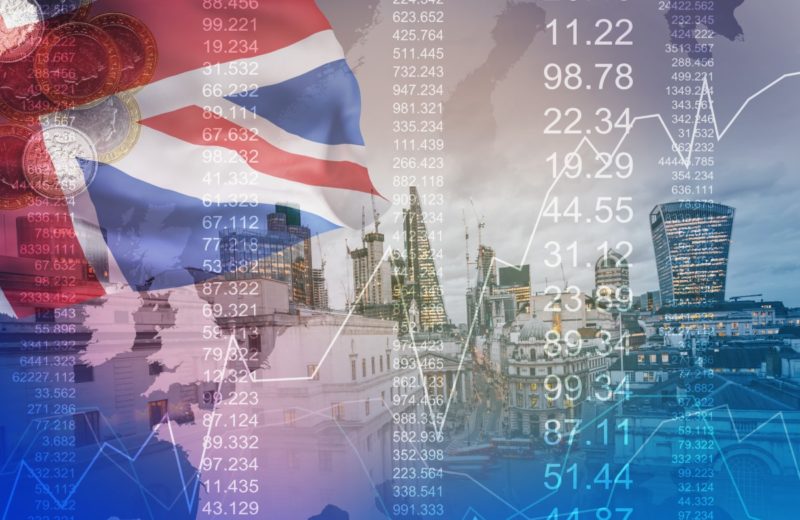Despite the ongoing macroeconomic risks, the European Central Bank is expected to keep monetary policy loose through the end of the year.
In a survey conducted before its agenda scheduled on June 10, participants noted that the ECB’s asset purchase program will remain a status quo.
Recently, economists noted that the Eurozone’s now ready to cut on its emergency purchases. Especially now that a demand-driven recovery is starting to emerge.
According to 90% of economists selected as participants on the poll, the bloc’s Pandemic Emergency Purchase Program will linger through the third and fourth quarters.
Currently, asset allocation is at 1.85 trillion euros. It has been the major focus of the dovish monetary policy since the start of the year.
For the record, the region suffered from a double-dip recession last year amid the heavy blow on its major economies.
Recently, both Germany and France reported some impressive uptick in their respective factory outputs. Such came as export-oriented economies continue to benefit from the global reopening of businesses as vaccination pays forward.
Millions of EU citizens managed to secure inoculations, encouraging policymakers to reopen the services sector.
According to ECB’s Lagarde, the central bank remains committed to bridging gaps worsened by the pandemic. This will take place through the adoption of favorable financing conditions.
Currently, policymakers advance that there is still a small amount of appetite for riskier, hawkish financial support.
Eurozone inflation has become the central course of discussions over the past weeks.
Like its American counterpart, the ECB is pressured to alter the course of its decision due to rising costs of consumer goods, including home prices.
The world’s biggest central banks might resort to pulling back their support abruptly should the situation calls for it.
EU’s Producer Price Index Hikes
In an update on one of its important economic indicators, the European Union’s producer price index hikes in April.
In the latest survey from Eurostat, results showed that the collective factory gate prices among its 19 member states consolidated a 1.0% month-over-month hike.
The uptick extended further through and recorded a 7.6% jump compared to the same period last year.
Both results came better than the average consensus released earlier which came at a 0.9% and 7.3% hike, respectively.
Experts noted that the rising commodity prices have become the main driver of the upward trend, especially in the energy sector. Brent crude stood steady at above $60 per barrel during the period.
















